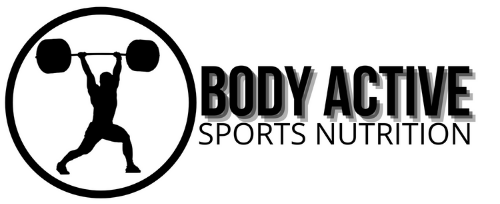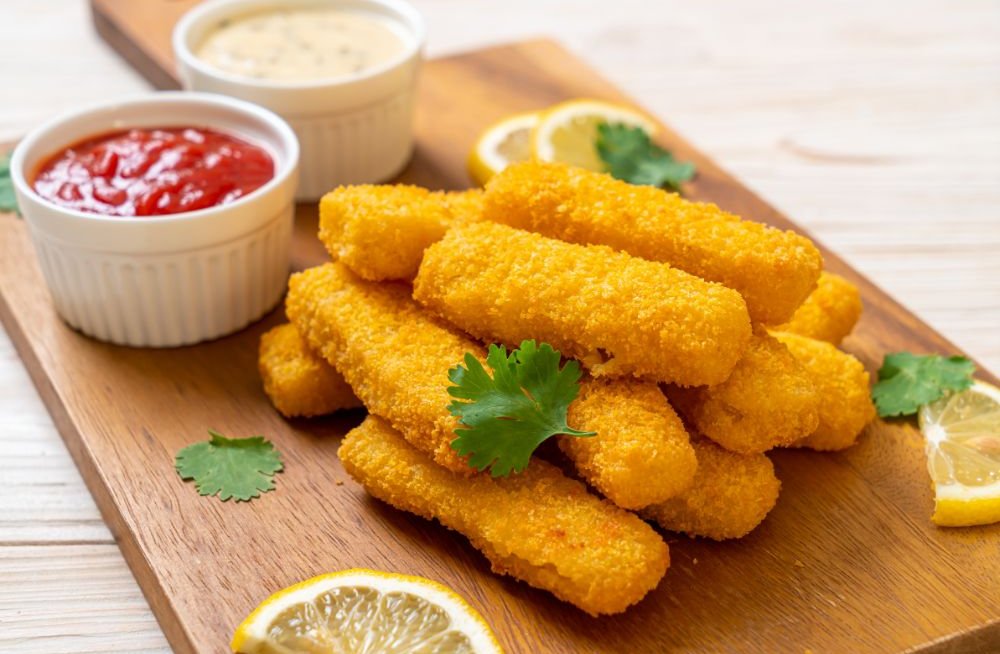Fish sticks are a convenient and often nostalgic meal option for many. While they may not be the first food that comes to mind when thinking about muscle-building diets, they do have some nutritional benefits worth considering. In this article, we’ll explore the nutritional profile of fish sticks, their potential role in muscle building, and tips for incorporating them into a healthy diet.
Nutritional Profile of Fish Sticks
Fish sticks are typically made from breaded and fried fish, often using white fish like cod or pollock. Here’s a closer look at their nutritional components:
- Protein:
- Fish sticks are a source of protein, with about 12-15 grams of protein per 3-ounce serving, depending on the brand and type of fish used. Protein is essential for muscle repair and growth.
- Omega-3 Fatty Acids:
- Depending on the type of fish used, fish sticks can provide omega-3 fatty acids, which are beneficial for heart health and may support muscle recovery.
- Carbohydrates and Fats:
- The breading on fish sticks contributes carbohydrates and fat. While this can provide energy, it’s important to be mindful of the quality of the breading and the cooking method.
- Vitamins and Minerals:
- Fish is a good source of several important nutrients, including B vitamins (like B12) and selenium, which are important for energy metabolism and overall health.
Benefits of Fish Sticks for Muscle Building
- Convenience:
- Fish sticks are easy to prepare and can be a quick source of protein for busy lifestyles. This makes them a practical option for those looking to meet their protein needs without spending too much time cooking.
- Protein Source:
- While not as protein-dense as some other sources (like chicken or beef), fish sticks can still contribute to your overall protein intake, especially when paired with other protein-rich foods.
- Versatility:
- Fish sticks can be included in a variety of meals, from salads to sandwiches, allowing for easy incorporation into different dietary plans.
Considerations for Including Fish Sticks in Your Diet
While fish sticks can be a part of a muscle-building diet, there are some important factors to consider:
- Quality of Ingredients:
- Not all fish sticks are created equal. Some may contain fillers, preservatives, and unhealthy fats. Look for options made with whole fish and minimal additives.
- Cooking Method:
- Fried fish sticks can be high in unhealthy fats and calories. Baking or air-frying them can be healthier alternatives that retain their nutritional benefits.
- Balance with Other Foods:
- To optimize muscle-building potential, pair fish sticks with other sources of protein, healthy fats, and carbohydrates. For example, serve them with quinoa, brown rice, or a side of vegetables.
- Watch Sodium Levels:
- Some fish sticks can be high in sodium, which may not be ideal for overall health. Choose low-sodium options when available.
How to Make Fish Sticks Healthier
To enhance the nutritional value of fish sticks in your meals, consider these tips:
- Choose Whole Grain Breading: Look for fish sticks with whole grain or high-fiber breading to increase the fiber content.
- Add Nutrient-Dense Sides: Serve fish sticks with a side of steamed vegetables, a fresh salad, or a whole grain for a more balanced meal.
- Make Your Own: Consider making homemade fish sticks using fresh fish and whole grain breadcrumbs to control the ingredients and increase nutritional value.
Conclusion
Fish sticks can be a convenient source of protein and may have a place in a muscle-building diet when chosen wisely. While they may not be the most nutrient-dense option, their protein content and versatility make them a reasonable choice for busy individuals. By focusing on quality ingredients and balancing them with other nutritious foods, you can enjoy fish sticks while supporting your muscle-building goals. As always, a varied diet is key to achieving optimal health and performance.

